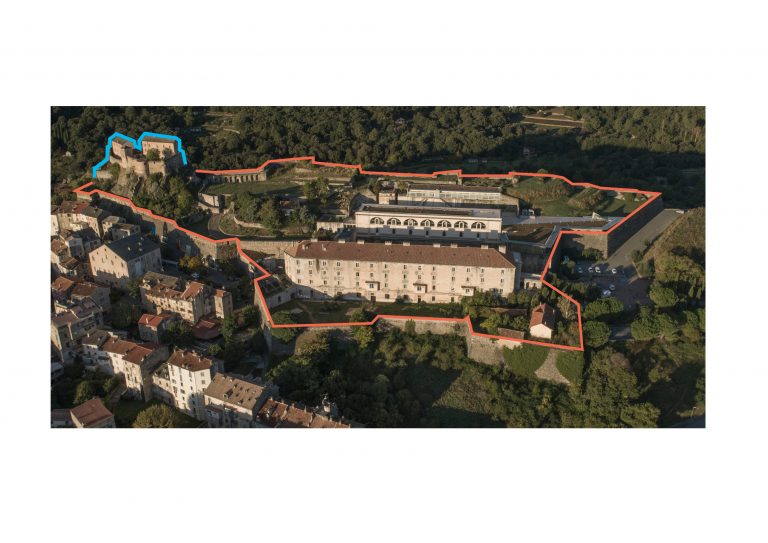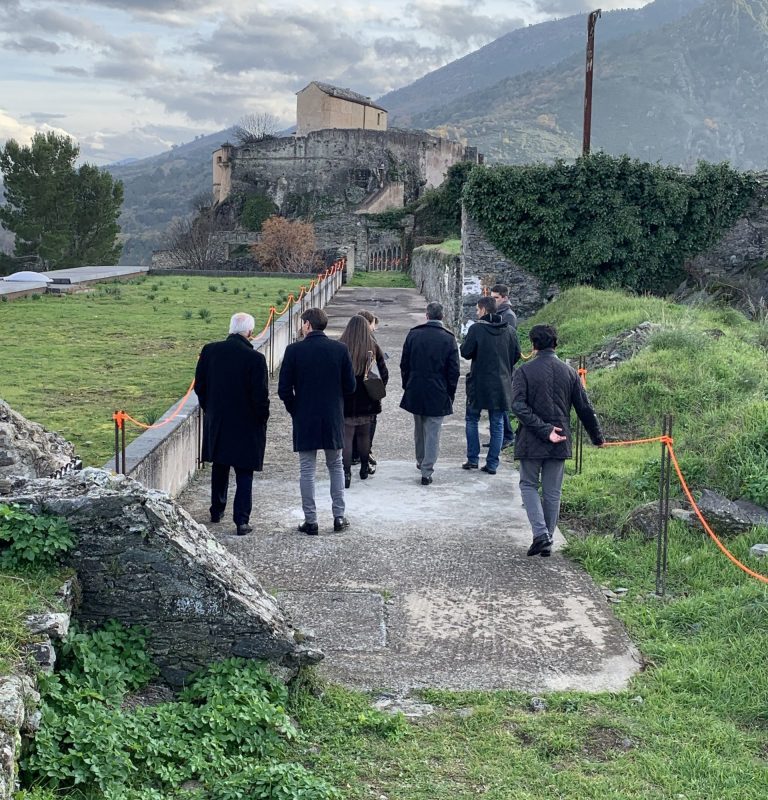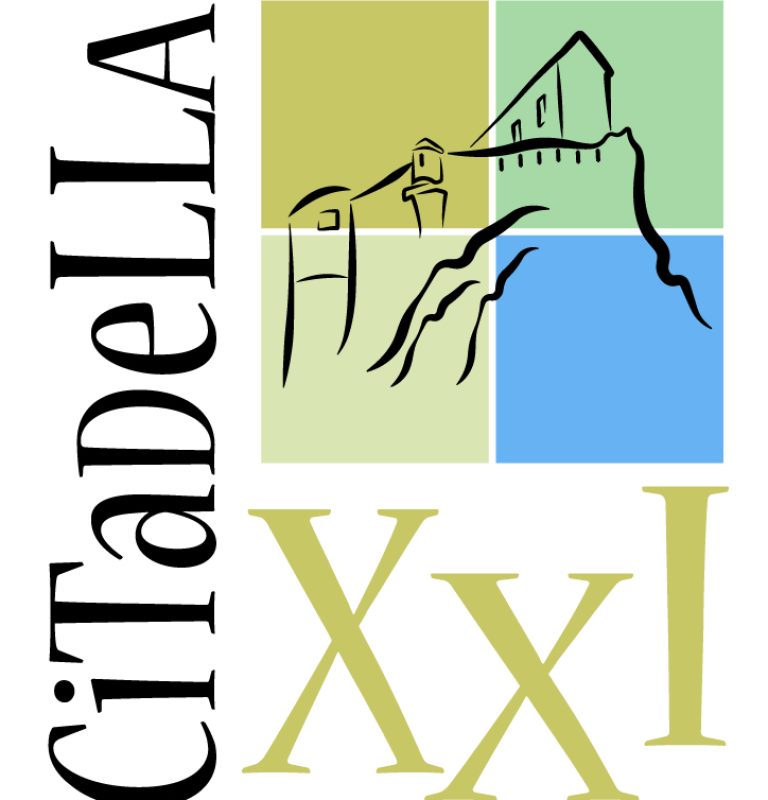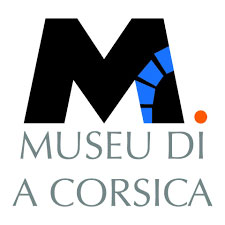The citadel
The citadel of Corte is original of the seven Corsican citadels, it is the only one built inland and its three levels of defense make it an exceptional site in Europe. Located in the center of the island, it was built in two stages, 350 years apart: in 1419, Vincentello d'lstria, built the castle, also called "Eagle's Nest", at the top of the rock overlooking the city. In 1769, under the orders of the Count of Vaux, French troops began the construction of the citadel itself.

Its history
The first sight of travelers, whether they come from Bastia, Aléria or Ajaccio, the citadel of Corte stands out from the rest of the city and characterizes the landscape and geographical horizon.
But it was also for the French army of the 18th century a goal to be reached, an ultimate goal, a utopia to be achieved: to build an impregnable citadel in the center of Corsica.
Its construction, a real technical feat, took 350 years.
The 15th century castle
1769-1786, a Vauban-style fortification
In 1768, the “provisional” transfer of the island of Corsica to France by the Genoese, in return for an annual subsidy under the Treaty of Versailles, and the defeat of the Corsican patriots at Ponte Novu on May 9, 1769, triggered a new transformation for Corte. On May 22, 1769, the city was occupied. The capital of Corsica saw the Castle, its only defense, fall into the hands of the French.
As soon as they arrived, under the command of the Count of Vaux, the French troops planned to reinforce the city’s defense system. As an extension of the castle, they began to build a citadel according to the principles of bastioned fortification defined by Vauban, the great general commissioner of fortifications under the reign of Louis XIV. This system, which remained in force for nearly 200 years, was based on the elimination of blind spots, the protection of each bastion by the two surrounding bastions and the doubling of the earthen wall.
The dream of a new city for Corte
The French army saw Corte as a strategic place. Being in the center of Corsica, it had to be, for civil and military reasons, the most important settlement on the island and had to be the last refuge in case of invasion. It was therefore necessary to maintain a strong garrison and the main food depot.
From the initial plans for the construction of the citadel in 1769, the creation of a new town was envisaged by the Count of Vaux. It was a question of showing the power of the Royalty and also of erasing the memory of the paoline capital by settling where it was established.
As early as 1772, a gigantic project encompassing the Gaffory plateau and the heights of the right bank of the Orta in a bastioned fortification was drawn up: it would occupy an area equivalent to that of Montpellier or Toul! Too expensive and oversized, it was quickly abandoned and the French Revolution in 1789 put an end to this dream of a new city. Corte had to make do with the fortified upper town, which kept the name “citadel”.
The construction of the Padua barracks, the main barracks building and the center of gravity of the citadel was completed in 1776.
80 years of controversy in Castellacce
At that time, E Castelacce, one of the three old districts of Corte, was included in the new fortifications between the Padua barracks and the Castle. It consisted of 76 dilapidated houses and the Saint Louis chapel, built in 1740, and was home to nearly 600 people when the French arrived, a third of the city’s population. For the army, this civilian enclave posed a problem and as early as 1771, numerous measures were taken to make the inhabitants flee: prohibition to repair the houses, measures taken against animals running loose, blocking of accesses…
Finally, a royal decree of January 17, 1830, declaring the houses of Castellacce to be in the public interest, was enough to overcome the resistance of the inhabitants. The latter were relocated in the building nicknamed Casa di i trecenti patroni (house of the 300 owners) in the street of Professor Santiaggi. The destruction of this neighborhood allowed for the improvement of the fortifications and the construction of the Serrurier barracks, which served as a military hospital, in the heart of the city walls. During the Second World War, under the Italian occupation, resistance fighters and prisoners of war were incarcerated in the barracks. From 1962 the citadel was occupied by the Foreign Legion, repatriated from Algeria.
Today
Since 1984, after the departure of the Foreign Legion, the site is open to the public. The enclosure of the citadel also hosts the Museum of Corsica, the regional fund of contemporary art of Corsica (FRAC CORSE), the Office of Tourism Centru di Corsica, the FabLab pro of the University of Corsica and one of the poles of the CPIE center Corsica – A Rinascita.
The citadel of Corte is still standing, solid and marks the territory, minds and hearts. Grandiose in its aspect and its ambition, it is unique in France and in Europe.

Discover the site
A new outdoor tour on the walkway punctuated by augmented reality devices…
Preserve, conserve and enhance, Citadella XXI
The 21st century must take up a major challenge: to give the historic site of the citadel the capacity to endure over time.

Opening hours
From 01/11 to 31/03 : Every day except Sundays, Mondays, holidays and December 24th. From 10 am to 5 pm
From 01/04 to 21/06 : Every day except Mondays and May 1st. From 10 am to 6 pm
From 22/06 to 20/09 : Every day. From 10 am to 7 pm
From 9/21 to 10/31 : Every day except Monday. From 10 am to 6 pm
Annual closure : December 31 to January 14 included.
Contact
Tel. + 33 (0)4 95 45 25 45
E-mail : museudiacorsica@isula.corsica
Marion TRANNOY-VOISIN, Mission Citadelle de Corte – Citadella XXI
practical information
A single museum/citadel ticket allows access to the site. The outdoor areas are closed for 1 hour beforehand.
